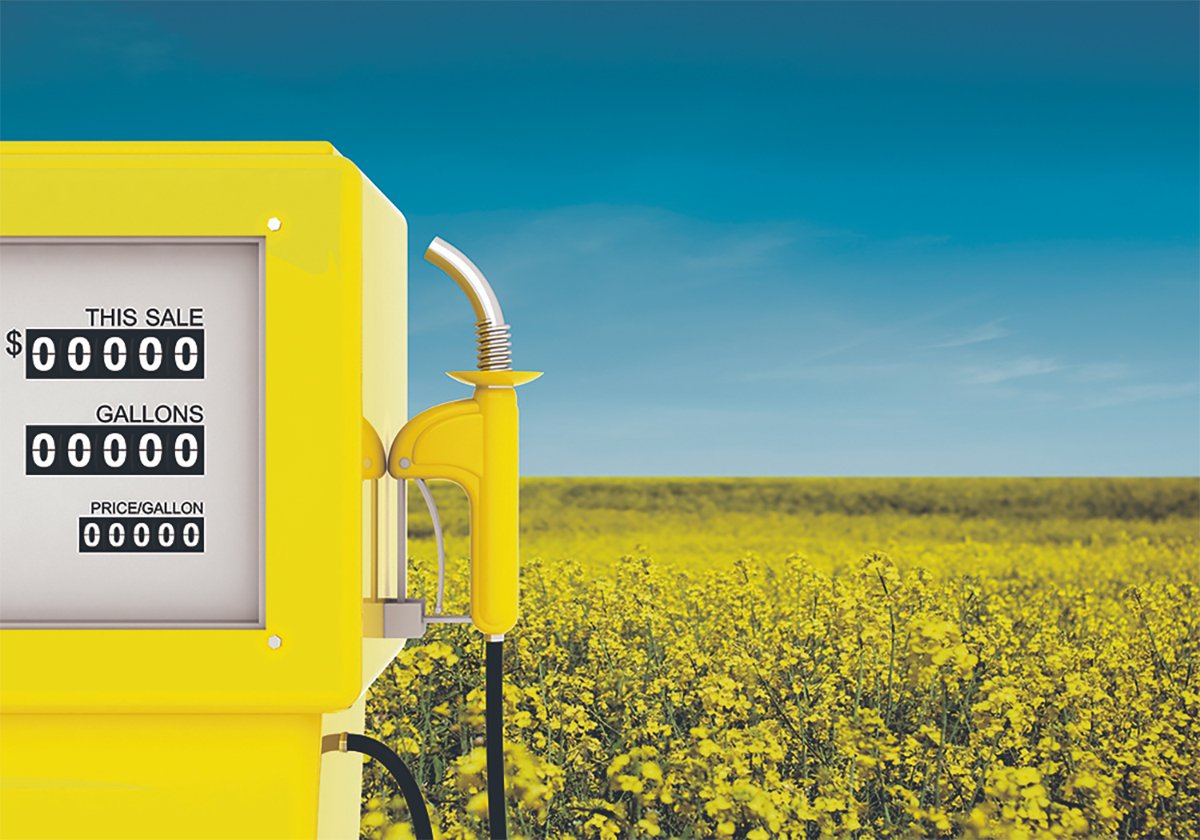India wants to boost grain production and address rural poverty in an attempt to avoid future grain import binges.
The world’s second most populous country jumped to the top rank of wheat importers this year.
This was the first time in six years that India had to import wheat. The amounts are impressive: 5.5 million tonnes so far and perhaps another two million by next spring.
India’s booming economy grew by 8.4 percent in the fiscal year ending in June, but the prosperity has not filtered into rural areas, especially not to small farmers.
Read Also

Biofuel sector happy with federal budget
Advanced Biofuels Canada says new Biofuel Production Incentive is a lifeline until CFR amendments are in place.
Farm debt, rising input costs, low commodity prices, increased risk and rural economic malaise are well known in Canada. In India these factors create a despair so great that farmer suicide, which climbed to an estimated record 18,000 this year, is a national disgrace.
The central government is rolling out programs to address farm debt and falling wheat production.
Seed, fertilizer and other inputs will be provided to states and more land will be dedicated to wheat production.
The government hopes wheat production to increase by five to seven million tonnes.
The debt package includes waiver of interest on overdue loans, rescheduling of loans and enhancing credit flow.
In recent years China’s government has also been pressed to address rural problems and the growing gap between the depressed farm economy and the buoyant urban scene.
Canadian farmers might like to sell India and China more grain, but for the sake of global stability they must be able to domestically produce most of what they eat. Imports can’t feed billions of people.
The success of these domestic plans is important, but so, too, is an international trade agreement that will serious address the root causes of low grain prices and high costs.














